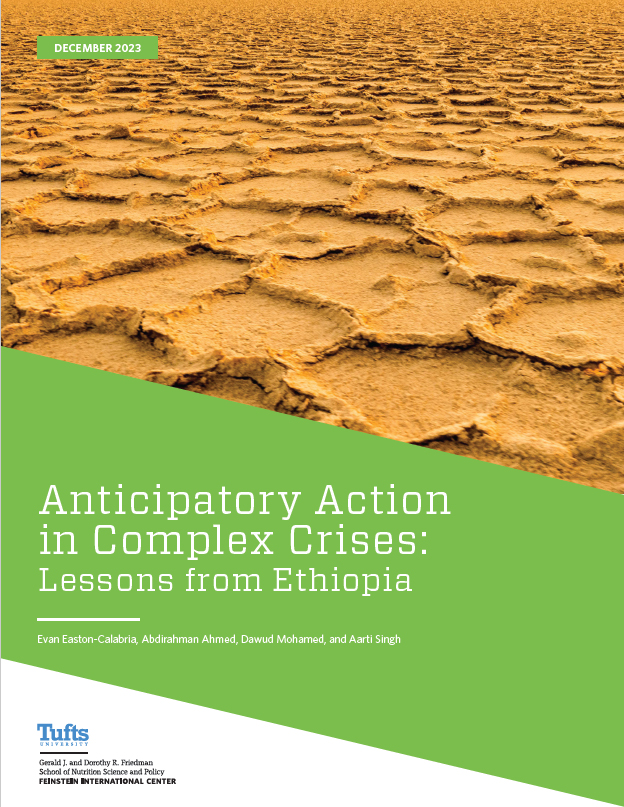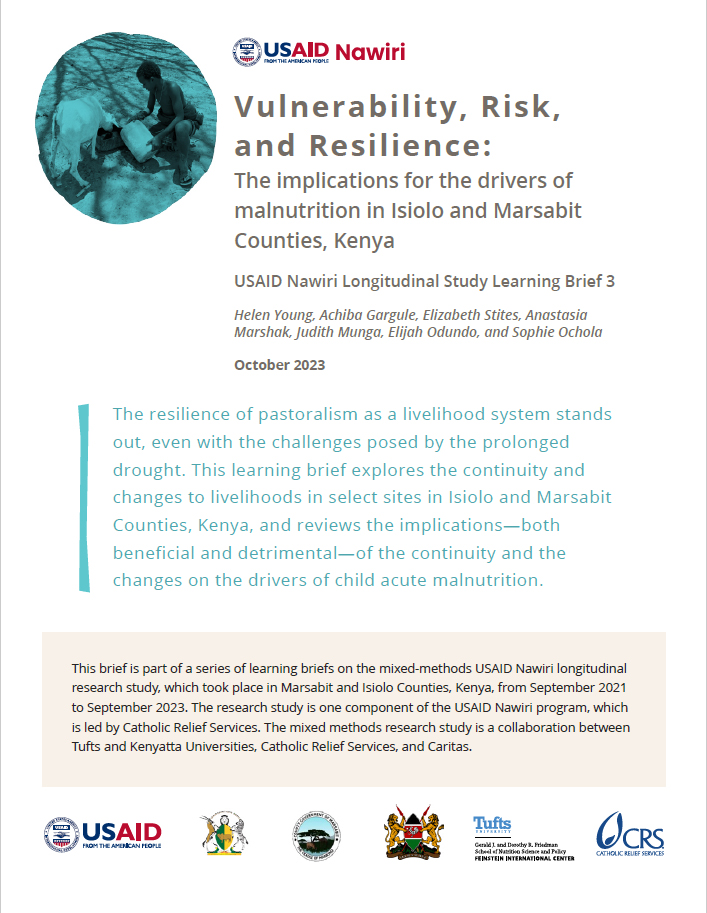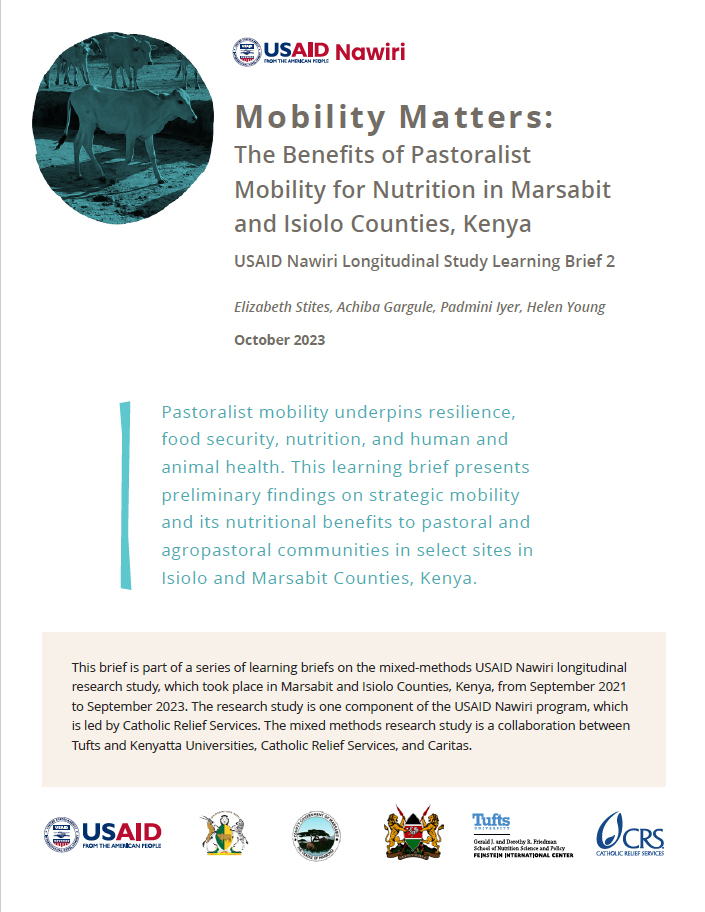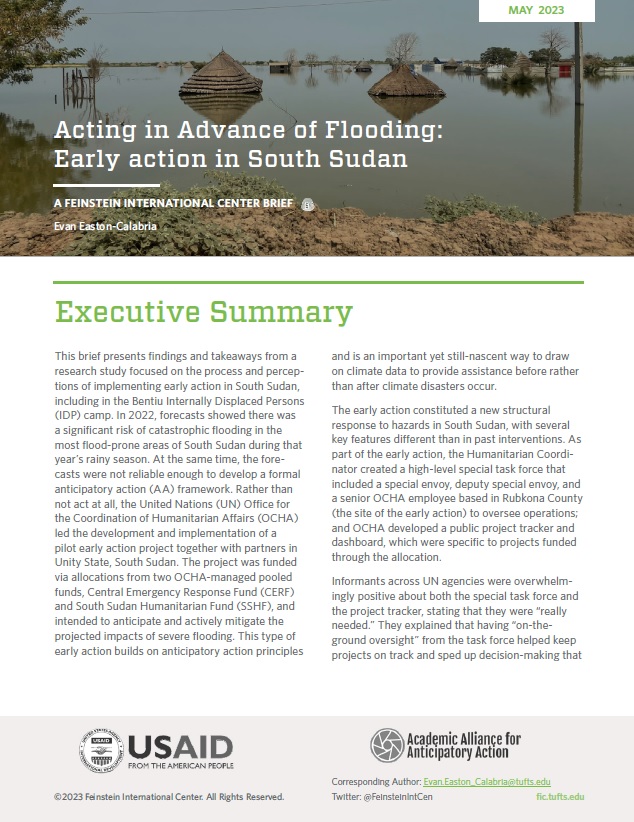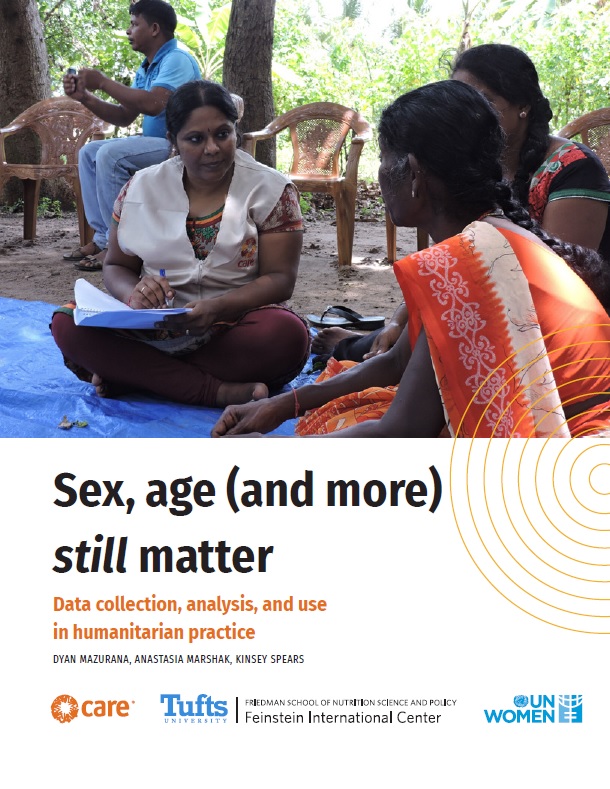The Belgrade case report explores the relationship between the European migrant crisis and political movements in Serbia. It looks at the role of Belgrade as a transit hub for waves of forced migrants, and at the effects of policies to manage migration flows (e.g. counter-smuggling, transit center shut-downs, and restrictions on humanitarian agencies) on the lived experiences of migrants, Serbians, and aid workers who live, work, and pass through the city. The report was conducted and written by two residents of Belgrade who draw from personal experience with displacement from the recent Balkans region conflict.
Belgrade, Serbia: A Case Report of Refugees in Towns
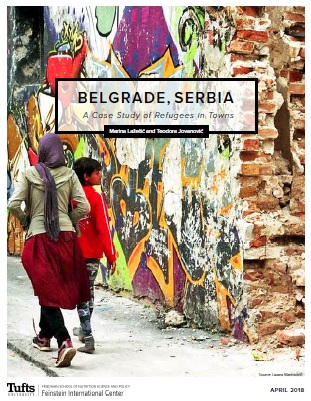
ASSOCIATED PROJECT
SUBJECTS
PUBLICATION TYPE
LOCATION

RELATED PUBLICATIONS
This study examines how anticipatory action was perceived and experienced among Ethiopians living with drought alongside other crises.
•
This learning brief explores the continuity and changes to livelihoods in select sites in Isiolo and Marsabit Counties, Kenya, and reviews the implications of the continuity and the changes on the drivers of child acute malnutrition.
•
This learning brief presents preliminary findings on strategic mobility and its nutritional benefits to pastoral and agropastoral communities in select sites in Isiolo and Marsabit Counties, Kenya.
•
This policy brief examines the relationship between famine declarations and funding since 2011. It shows that, with that one exception, there is little evidence that famine declarations actually result in a rapid increase in funding.
•
In 2022 UN OCHA led a pilot anticipatory action intervention in South Sudan. This brief presents UN actors’ perceptions of this intervention.
•

